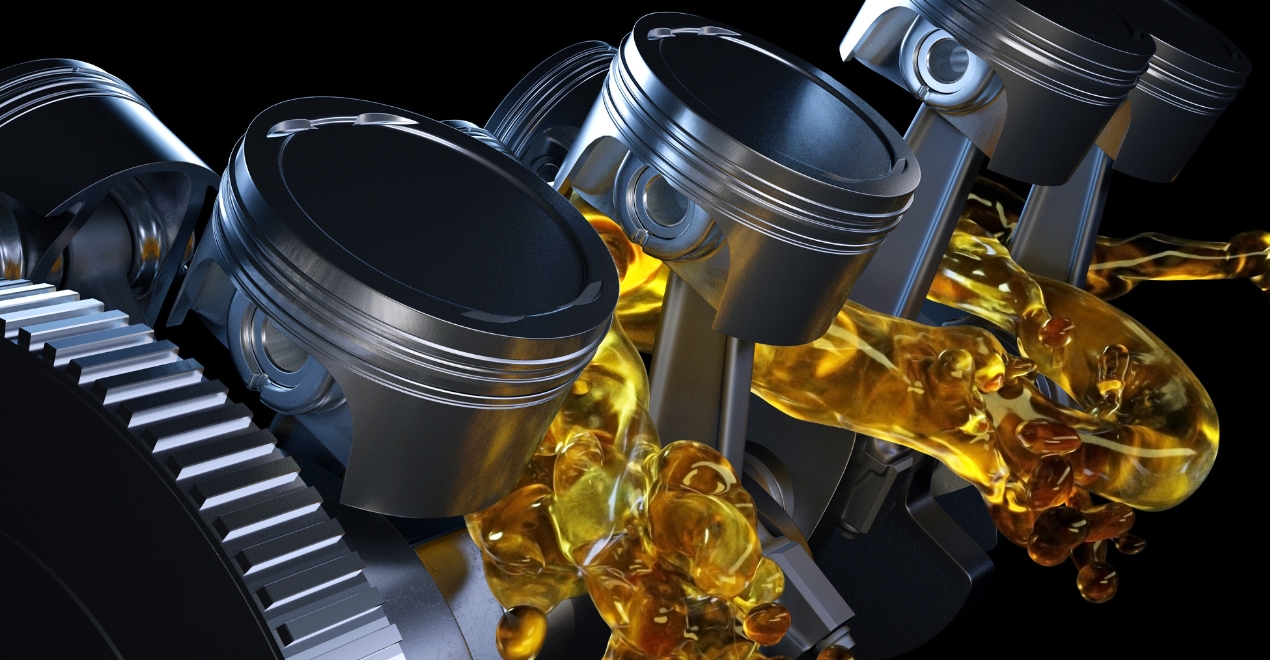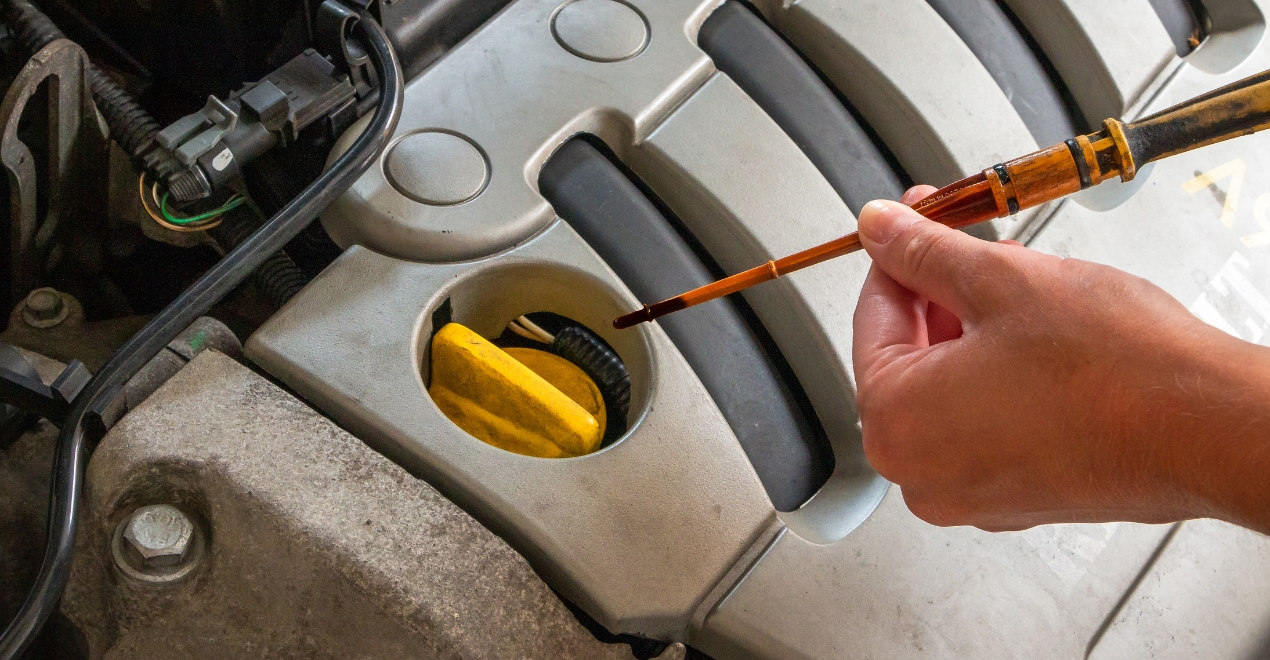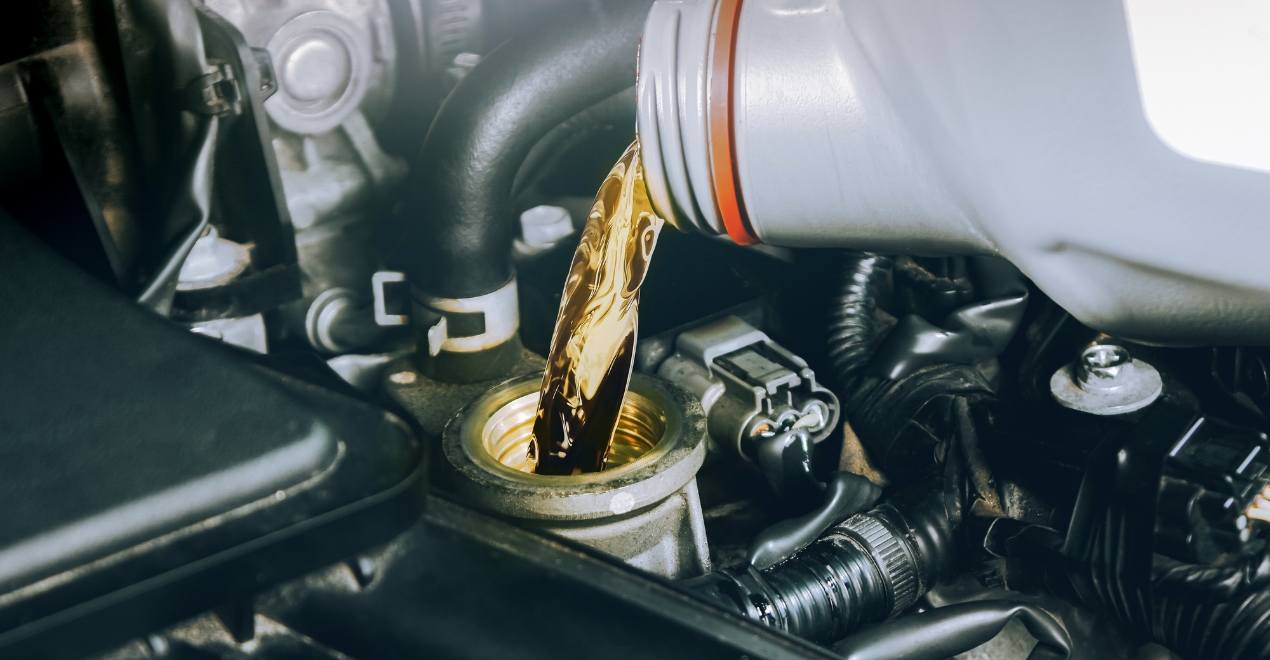When maintaining your vehicle, one of the fundamental aspects is ensuring that your engine oil is at the optimal level. Proper engine lubrication is crucial for the smooth operation and longevity of your engine. However, many car owners find themselves puzzled about the best practices for checking oil levels, particularly after adding oil. This article will delve into the details of how long you should wait to check your oil after adding it, why this waiting period is important, and provide a comprehensive guide to proper oil maintenance. Don’t let oil maintenance be a guessing game. Reach out to Crossroads Helpline for professional guidance on checking and adding oil.
Understanding the Importance of Engine Oil

Engine oil plays a vital role in the health of your vehicle. It lubricates the engine’s moving parts, reduces friction, cleans the engine, inhibits corrosion, improves sealing, and cools the engine by carrying heat away from the moving parts. Without the right level of clean engine oil, your vehicle’s engine can suffer severe damage over time, leading to costly repairs or even the need for a complete engine replacement. Thus, maintaining the correct oil level is critical, and understanding when and how to check your oil can make a significant difference.
Why Timing Matters After Adding Oil
One might wonder why timing is crucial after adding oil. When you add oil to your engine, it takes time for the oil to settle and distribute evenly throughout the engine. If you check the oil level immediately after adding oil, you might get an inaccurate reading. This is because the oil needs to make its way through the various passages and components within the engine. Checking too soon could lead you to think the oil level is lower than it actually is, potentially leading to overfilling, which can be just as harmful as having too little oil.
The Ideal Waiting Period
So, how long should you wait to check the oil after adding it? The general consensus among automotive experts is to wait at least 5 to 10 minutes after adding oil before checking the level. This waiting period allows the oil to flow through the engine and settle in the oil pan, ensuring an accurate reading. However, the exact time may vary depending on the type of vehicle and oil used. For a more precise guideline, it’s always best to consult your vehicle’s owner manual or speak with a professional mechanic.
Steps to Check Your Oil Correctly

- Park on Level Ground: Before you start the process, ensure your car is parked on a flat, level surface. This prevents oil from sloshing to one side of the oil pan, which could lead to an incorrect reading.
- Turn Off the Engine: Once you have added oil, turn off your engine and wait for the recommended 5 to 10 minutes. This waiting period allows the oil to settle back into the oil pan from the engine’s upper components.
- Locate the Dipstick: Open your car’s hood and locate the oil dipstick. In most vehicles, the dipstick has a brightly colored handle for easy identification.
- Clean the Dipstick: Pull the dipstick out and wipe it clean with a rag or paper towel. This initial cleaning ensures that you don’t get an erroneous reading from residual oil on the dipstick.
- Reinsert the Dipstick: Insert the dipstick back into its tube and push it all the way in. Make sure it is fully seated to get an accurate measurement.
- Check the Oil Level: Pull the dipstick out again and observe the oil level. Most dipsticks have markers indicating the optimal oil level range. The oil should be within these markers.
- Add More Oil if Needed: If the oil level is below the recommended range, add small amounts of oil, wait a few minutes, and check again until the level is correct.
Factors Influencing Oil Distribution
Several factors can influence how quickly the oil distributes throughout the engine, impacting the accuracy of your oil level reading. These include the viscosity of the oil, the temperature of the engine, and the design of the engine itself. Thicker oils take longer to settle, and a hot engine can cause oil to remain distributed longer before settling back into the oil pan. Understanding these factors can help you gauge the appropriate waiting period and ensure an accurate reading.
Potential Consequences of Incorrect Oil Levels
Both overfilling and underfilling your engine oil can have serious consequences. Overfilling can cause the oil to foam, reducing its lubricating properties and leading to increased engine wear. It can also cause excess pressure, leading to oil leaks or even damage to seals and gaskets. Underfilling, on the other hand, can result in inadequate lubrication, causing increased friction and heat, which can severely damage engine components. Regularly checking your oil and maintaining the correct level is essential to prevent these issues and ensure your engine’s longevity.
Best Practices for Regular Oil Maintenance

Regular oil maintenance goes beyond just checking and adding oil. Here are some best practices to ensure your vehicle’s engine remains in top condition:
- Regular Oil Changes: Follow your vehicle manufacturer’s recommended oil change intervals. Regular oil changes help to remove contaminants and maintain optimal engine performance.
- Use the Right Oil: Always use the oil type and viscosity recommended by your vehicle manufacturer. Using the wrong oil can lead to improper lubrication and engine damage.
- Monitor Oil Levels: Check your oil levels regularly, not just after adding oil. Make it a habit to check your oil at least once a month or before long trips.
- Inspect for Leaks: Regularly inspect your engine and under your vehicle for any signs of oil leaks. Addressing leaks promptly can prevent severe engine damage.
- Listen to Your Engine: Pay attention to any unusual noises from your engine, as these can be early signs of oil-related issues. Addressing them early can save you from costly repairs.
Conclusion
Proper oil maintenance is critical to the health and performance of your vehicle’s engine. Understanding how long to wait to check oil after adding it ensures you get accurate readings, helping you maintain the correct oil level. By following the guidelines and best practices outlined in this article, you can ensure your engine remains well-lubricated and operates efficiently, prolonging its lifespan and enhancing your vehicle’s overall performance. Regular oil checks and timely maintenance are simple yet effective steps every car owner should take to keep their vehicle running smoothly.

